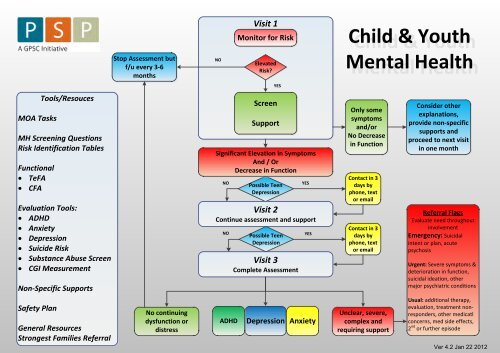
Title: Deceptive Statistics in Medical Studies: Lessons from the Ice Cream and Polio Panic
During the summer-centric decades leading up to the groundbreaking polio vaccine in 1955, parents were plagued by fear as the feared illness swept through neighborhoods, leaving thousands disabled. In the 1940s, researchers attempted to decipher the outbreaks and occasionally reached conclusions that, in hindsight, seem absurdly erroneous. One notorious instance? Advising people to avoid ice cream as a preventative step against polio. Why? A study had detected a correlation between ice cream consumption and polio cases.
Naturally, this appeared scientific. Data supported the notion. However, it stemmed from a mistaken analysis of data: confusing correlation with causation. In truth, the common factor between ice cream and polio was that both incidences peaked in the summer months. This misjudgment—even though amusing today—highlights a more extensive issue in scientific and medical investigations: the incorrect application and interpretation of statistics.
Let’s examine how statistics can mislead, how to identify common mistakes, and how critical thinking can differentiate sound science from statistical deceptions.
1. Confusing Correlation with Causation
This is possibly the oldest and most prevalent error in statistics. If A and B occur simultaneously or seem to rise together, does that imply A causes B? Not at all.
Instances of absurd but genuine statistical correlations are plentiful. For example, research has indicated a strong correlation between Nicolas Cage film appearances and drownings in swimming pools. Does that imply viewing his movies results in fatal mishaps? Clearly not.
The ice cream and polio situation falls into the same error. Both increased during the summer, yet one did not trigger the other. The hidden link—an unseen variable influencing both—was seasonality. In statistical terms, these unseen factors are known as confounding variables.
Key takeaway: Always consider whether a third variable may be influencing both connected elements.
2. Data Mining (also known as P-hacking)
Data mining occurs when researchers comb through data searching for a statistically significant result after the fact, rather than validating a well-structured hypothesis. The more tests conducted, the higher the chance of uncovering something “significant”—purely by coincidence.
Imagine you survey 1,000 individuals on a range of topics from drink preferences to celebrity inclinations, then discover a “significant” relationship between admiration for Nicolas Cage and a preference for drowning in freshwater. Should this be taken seriously? Probably not. If enough variables are examined, spurious correlations will inevitably arise.
Scientific norms establish a p-value of 0.05 to indicate a statistically significant finding—meaning there’s a 5% probability the result is due to random fluctuation. Yet when dozens or even hundreds of tests are conducted, that 5% accumulates quickly, and some chance correlations may seem legitimate.
Key takeaway: Search for studies with pre-registered hypotheses and methodically controlled variables. Be wary of any single “startling” correlation unless it has been subjected to multiple tests and replicability.
3. Limited Sample Sizes
Sample size is critical in research. Small groups are more prone to yield anomalous outcomes due to randomness. For example, flipping a coin twice and obtaining heads both times doesn’t suggest the coin is biased. However, flipping it 100 times and landing on heads 90 times would raise suspicions.
Medical conclusions from minuscule studies are particularly questionable. A “revolutionary” trial conducted on just a few subjects might attract media attention, but its findings are likely to falter when the study is replicated in a larger, more varied cohort.
This problem is further exacerbated by the frequent reliance on unrepresentative samples. An experiment involving 20 college students from a single university may not apply to individuals from different age demographics or backgrounds.
Key takeaway: Confidence in research is bolstered with large, diverse, randomly chosen samples. Always verify how substantial—and representative—the sample was.
4. Misinterpreting P-Values as Proof
The p-value, a fundamental aspect of statistical analysis, is often misunderstood. A low p-value (for instance, less than 0.05) indicates the probability that the observed outcome occurred by chance, given that the null hypothesis (no actual effect) holds true. It does NOT indicate how probable it is that your hypothesis is correct.
Yet many non-experts—and occasionally researchers—construe p-values as definitive affirmations of truth. A p-value below 0.05 does not establish a finding as definitive; it merely suggests it is improbable that it occurred randomly. Moreover, as illustrated in data mining, even rare events can manifest when numerous possibilities are examined.
Key takeaway: A small p-value does not guarantee certainty—it’s merely a piece of evidence, not the conclusive word.
5. Minor Effect Sizes
A result can be statistically significant without being practically important. A “statistically significant” result might be too small to have any real-world relevance.
Imagine a medication that increments life expectancy by 15 minutes. Technically,